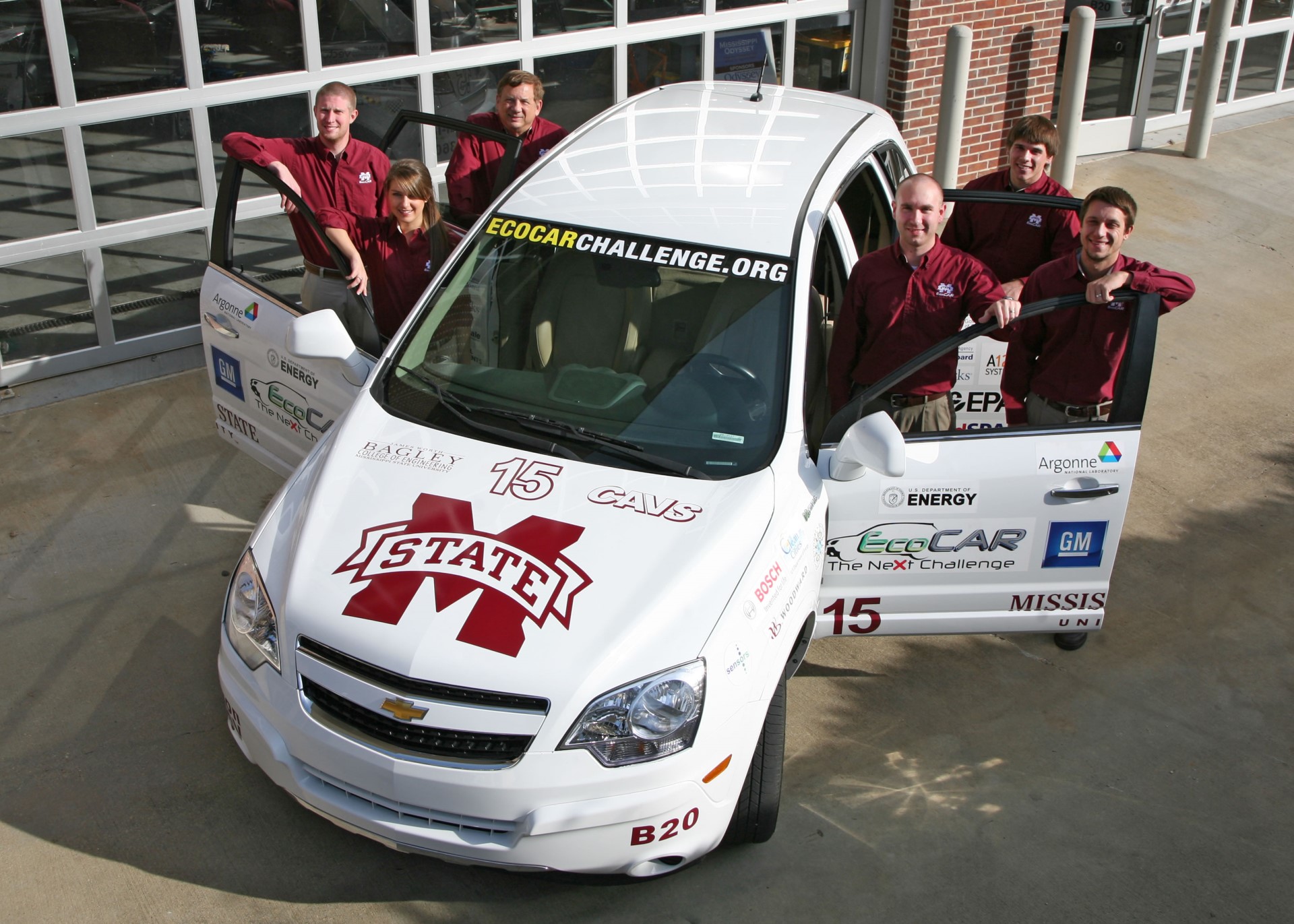


Hurricane Andrew affected their families, and even destroyed one scientist’s home. When NOAA Atlantic Oceanographic and Meteorological Laboratory (AOML) staff found themselves with a major hurricane on their doorstep, hurricane researchers urgently began working to aid forecasters at NOAA’s National Hurricane Center (NHC). The storm rapidly intensified less than 36 hours before landfall, leaving most residents less than a day to secure their homes and heed evacuation orders. It had an extremely low central pressure of 922 millibars and maximum sustained wind speeds estimated at 165 miles per hour. “The partnership with MSU provides greater research opportunities with our collaborators, and provides millions of compute hours to enhance NOAA’s scientific research,” said Zach Goldstein, NOAA Chief Information Officer and Director of High Performance Computing and Communication.įor more information, please contact Monica Allen, NOAA Research Communications, at 30 or by email at Andrew made landfall on August 24, 1992, near Homestead, Florida, becoming one of the most catastrophic hurricanes in U.S. The new system takes up 28 computer cabinets, each the size of an industrial refrigerator. Orion has 72,000 processing cores and nearly 350 terabytes of Random Access Memory, or RAM. “Orion helps strengthen our historic ties to NOAA as host of a cooperative institute and builds upon the university’s pioneering work in high performance computing technologies used to solve real- world problems,” said Trey Breckenridge, director of high performance computing at Mississippi State’s High Performance Computing Collaboratory. academic institution with an overall worldwide ranking of 62 for the world’s most powerful non-distributed computer systems by the Top500 Supercomputer Site list. It is nearly 10 times faster than the previous computing system at MSU and is able to conduct 5 quadrillion calculations per second as compared to the 593 trillion calculations per second capability of the previous system.Įarlier this week, Orion was ranked the fourth fastest HPC system at a U.S. Located in the Thad Cochran Research, Technology and Economic Development Park adjacent to the Starkville, Mississippi campus, Orion is MSU’s largest supercomputer. “Orion will join NOAA’s network of computer centers around the country, and boost NOAA’s ability to conduct cutting-edge research to advance weather, climate and ocean forecasting products vital to protecting American lives and property.” “We’re excited to support the development of this powerhouse of computing capacity at Mississippi State,” said Craig McLean, NOAA assistant administrator for Oceanic and Atmospheric Research. Supercomputer to advance weather, climate, ocean modeling The Dell-EMC system will add 5 petaflops of computing capacity to NOAA’s existing research high performance computing capacity of 10.5 petaflops, currently operating at centers in Boulder, Colorado Fairmont, West Virginia Oak Ridge, Tennessee and Princeton, New Jersey.
#Msu high performance computing collaboratory install
NOAA provided MSU with grants totaling $22 million over the last two years to purchase, install and now run the new supercomputer. The new computer will also be used by research scientists and students working with NOAA, MSU and the Northern Gulf Institute, NOAA’s cooperative institute based at MSU that includes five other academic partners in Mississippi, Florida and Alabama.

In mid-July, Mississippi State University will begin operating a NOAA-funded, newly installed high-performance computer (HPC) called Orion to support NOAA research and development in environmental, weather and climate modeling, and autonomous vehicle design and operation. Categories: Research Headlines, Climate, Ecosystems, Weather Mississippi State University to host supercomputer to power NOAA research New high performance computer rated fourth fastest for US academia


 0 kommentar(er)
0 kommentar(er)
